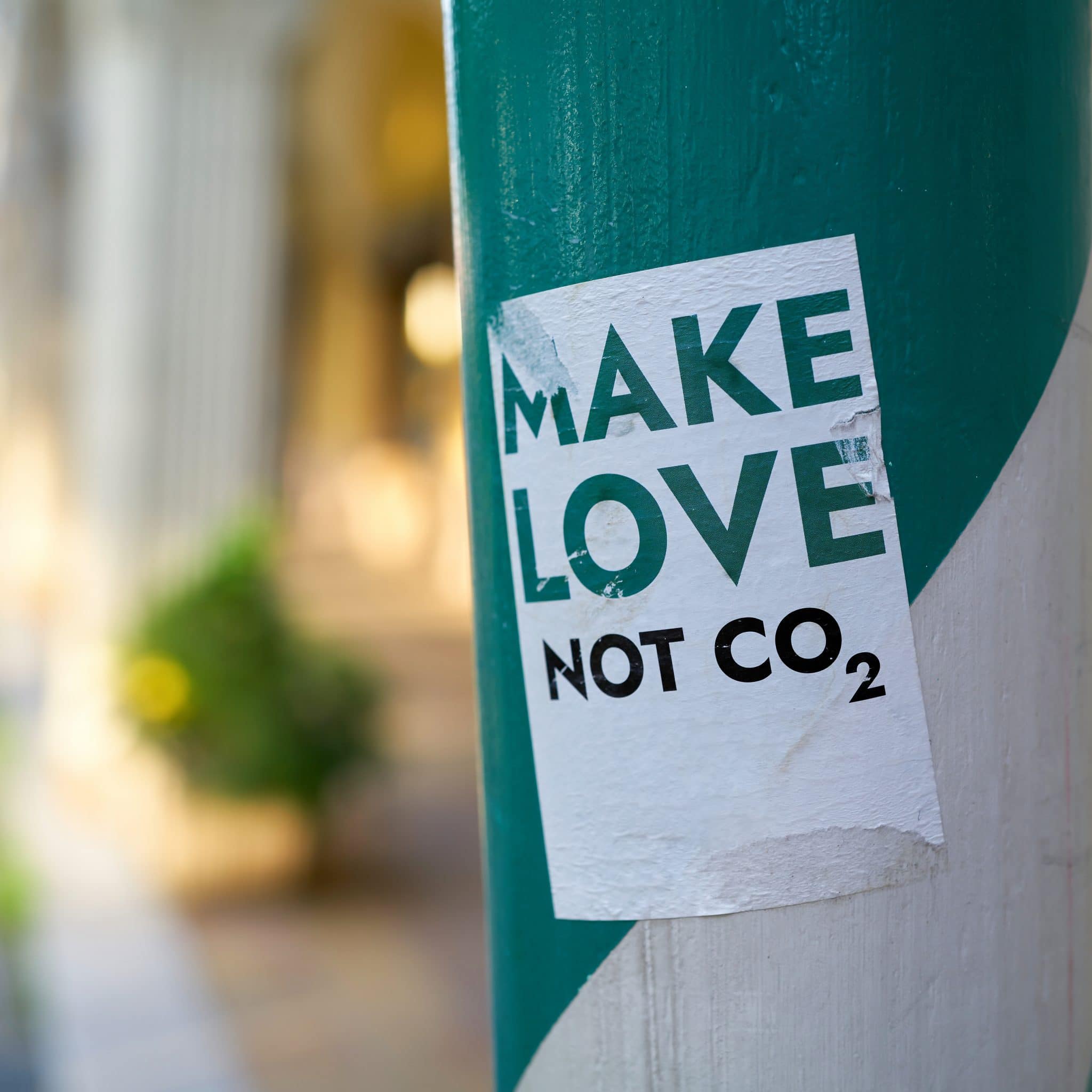Países de todo el mundo se están replanteando los marcos políticos y canalizando recursos para revertir el nefasto efecto del cambio climático en el planeta. La Revolución Industrial fue el punto de inflexión de las emisiones de gases de efecto invernadero, que no han hecho más que aumentar, con años como 2019 en los que se han registrado niveles preocupantemente altos de emisiones de carbono.
La carrera por reducir el impacto de la contaminación fue iniciada por la Convención de las Naciones Unidas sobre el Cambio Climático en 1992. Desde entonces, han surgido una serie de términos clave que hacen referencia a los objetivos generales del cambio climático específicamente adaptados a la reducción al mínimo de las emisiones de gases de efecto invernadero.
Las propiedades naturales del dióxido de carbono para atrapar el calor y su gran abundancia lo han convertido en el gas de efecto invernadero más problemático. Sus niveles atmosféricos han alcanzado máximos históricos, y de su presencia se han derivado términos como carbono neutro y emisiones netas cero. Aunque se utilizan indistintamente, no son exactamente lo mismo.
¿Qué es la neutralidad de carbono?
CarbonFootprint.com explica que la neutralidad de carbono se utiliza para describir el estado de una entidad (como una empresa) en el que las emisiones de carbono causadas por ella se compensan financiando una cantidad equivalente de ahorro de carbono en otra parte del mundo. Estos esfuerzos por "compensar" la huella de carbono se producen a través de la financiación de iniciativas de energías renovables y eficiencia energética, normalmente dirigidas a países en desarrollo.
¿Qué son las emisiones netas cero?
Según EcoSave, las emisiones netas cero se refieren a la consecución de un equilibrio global entre los gases de efecto invernadero producidos y los que se retiran de la atmósfera. El objetivo subyacente es que no se añadan nuevos gases, nivelando así la balanza de los gases emitidos y eliminados. Cero emisiones netas no sólo se aplica al dióxido de carbono, sino también a otros gases de efecto invernadero presentes en la atmósfera.
¿Cuál es la diferencia entre emisiones neutras de carbono y emisiones netas cero?
Aunque los términos comparten el objetivo de reducir la huella de carbono, la neutralidad de carbono se refiere más a la contribución a nivel nacional de las jurisdicciones nacionales. Aunque sigue habiendo emisiones por parte de las empresas, ayudar a que otro territorio alcance las emisiones netas cero es la base de la neutralidad de carbono.
Las empresas evalúan cada vez más sus emisiones de carbono y tienen en cuenta este término en el marco de su responsabilidad social corporativa. La consultora de gestión global Bain and Company ha obtenido su certificación de carbono neutral y el gigante del comercio electrónico Amazon se ha comprometido a ser neutro en carbono para 2040, entre otros.
Las compensaciones de carbono pueden comprarse a través de entidades como The Gold Standard, que ofrece información exhaustiva sobre cómo las empresas pueden invertir en proyectos para contribuir a su neutralidad en carbono. La compra de créditos de carbono en áreas críticas como el transporte aéreo o inversiones similares es vital para contribuir a economías bajas en carbono.
El término "cero emisiones netas" se aplica a las economías a mayor escala, y países como el Reino Unido y China están trabajando asiduamente para conseguir cero emisiones netas en 2050 y 2060 respectivamente. Esto significa imponer el transporte con energías limpias, huellas de carbono más pequeñas para las empresas, especialmente los fabricantes, y fuentes de energía alternativas.
El cambio climático ha dado lugar a muchos términos acuñados para abordar áreas específicas dentro de la lucha por salvar la Tierra. Las empresas desempeñan un gran papel en la promoción de la neutralidad de carbono, mientras que el ambicioso objetivo de cero emisiones netas es responsabilidad de cada país.












